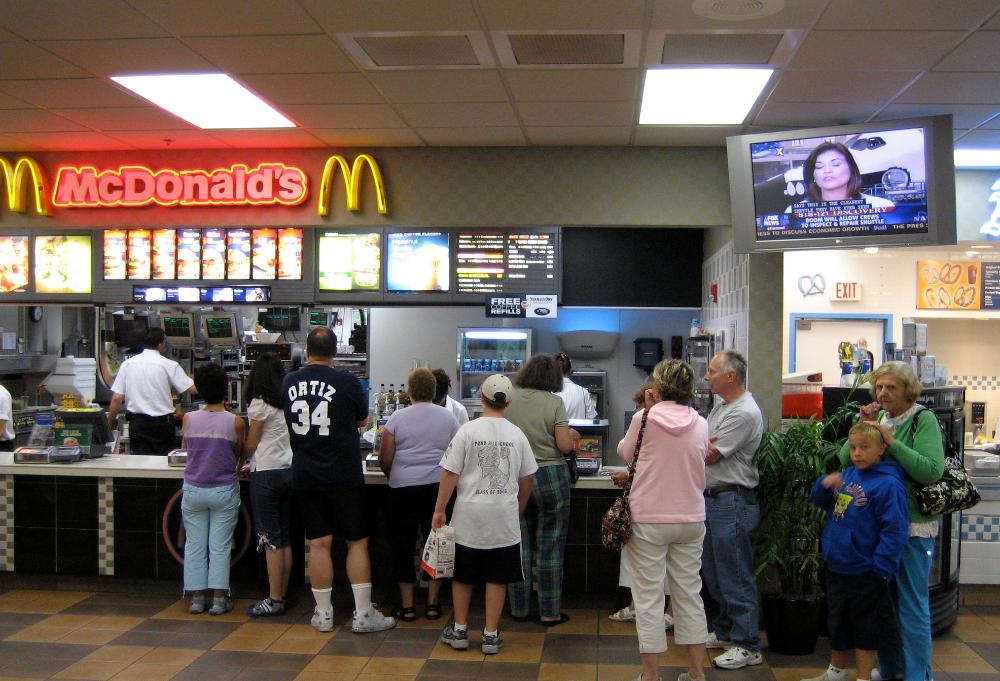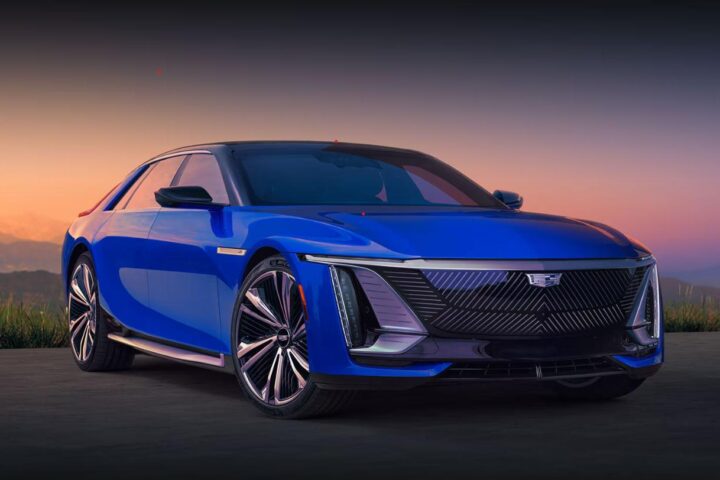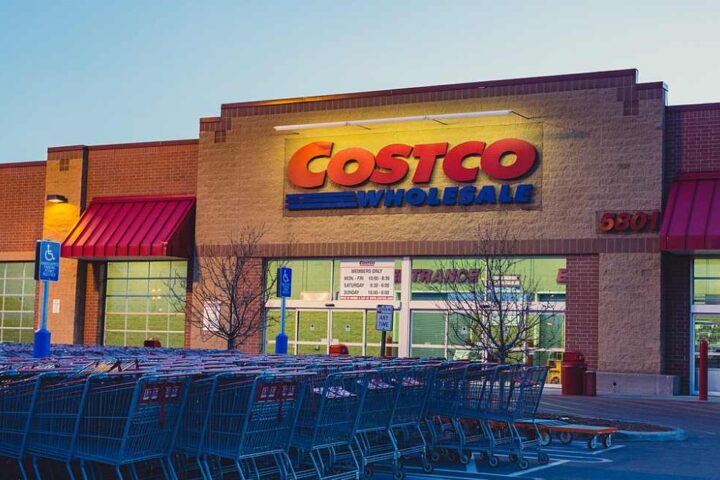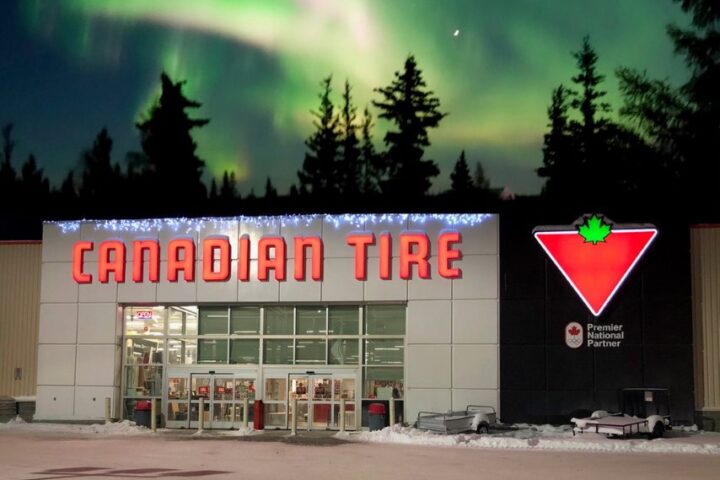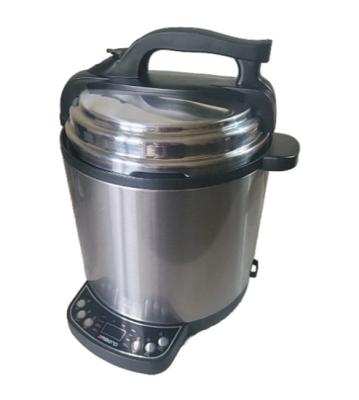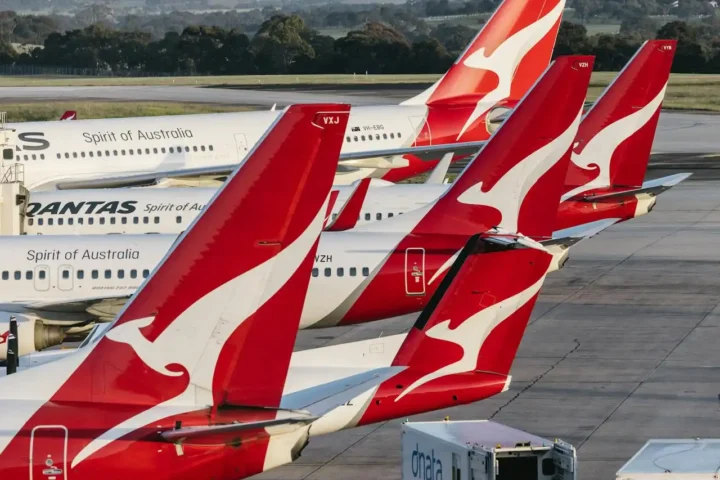We all know that guilty pleasure of grabbing a quick burger or pizza when time’s tight. But which countries actually hit the drive-thru most often? The 2022 numbers tell an interesting story.
Americans still love their fast food more than anyone, typically swinging by 1-3 times weekly. About 32% of American adults grab something from a fast food joint on any given day, with 83% of households making it a weekly habit. That adds up to about $160 billion spent in 2022.
The Brits come in second place for frequency, supporting over 46,000 fast food spots across the UK. The French rank third, with more than half of households regularly choosing the convenience of fast meals.
Here’s how the countries stack up when it comes to how often people visit fast food restaurants:
- United States – The undisputed fast food champions
- United Kingdom – Second place with 46,200 fast food locations
- France – Over half of households regularly choose fast food
- Sweden – Balances global chains with local favorites
- Austria – Strong fast food culture in a smaller market
- Mexico – $9.5 billion industry and growing
- South Korea – Fast-expanding market with both international and local options
- Greece – Steady fast food consumption
- China – Huge market with 41% of population eating fast food weekly
- Norway – Regular fast food consumers
- Italy – Fast food market is set to cross $190 million in 2025 despite food culture
- Australia – 36% of Australian adults in 2018 said they ate fast food one to three times a week.
- India – India’s urban population consumes fast food regularly, with many eating it at least once a week.
- Russia – $229.27 million (2023) spent on fast food
- Switzerland – Regular consumers despite health focus
- Portugal – Growing market
- Japan – “Highly processed foods,” accounts for at least one-third of energy intake for Japanese adults.
- Finland – Regular consumption patterns
- Canada – Fast Food market size set to touch $114,599 million by 2028
- Germany – While 51% of Germans have cut meat consumption, fast food still is popular
Similar Posts
But frequency doesn’t always match spending. China ranks ninth, but by frequency about 41% of people eat fast food at least once a week. In India, urban residents consume fast food regularly, with many eating it at least once a week. But that doesn’t indicate that they are spending enough, as the country ranks 13th. However, one thing is clear that population size creates huge markets even when individual habits differ.
The fast food business keeps changing. Mobile ordering has grown significantly—Starbucks saw app orders increase to 31% of U.S. transactions by the end of 2023. Drive-thrus are becoming must-haves, with Starbucks planning them for many new stores. Self-service kiosks are everywhere now, especially in Europe.
Health concerns are forcing menu changes too. With Americans and Brits getting around 57-58% of daily calories from ultra-processed foods, chains are adding more plant-based options, which grew 6.6% in 2022 alone.
McDonald’s still wears the crown as the most valuable fast food brand at $40.5 billion in 2023, with Starbucks trailing at $53.4 billion according to Brand Finance’s 2023 report.

The industry’s heading toward $1-1.5 trillion globally by the early 2030s, with North America and Europe controlling 60% of the market. But Asia’s catching up fast as urban lifestyles and higher incomes drive growth.
From White Castle’s launch in 1921 to McDonald’s global expansion beginning in 1967, fast food has become part of daily life worldwide—even if some countries are clearly more hooked than others.
